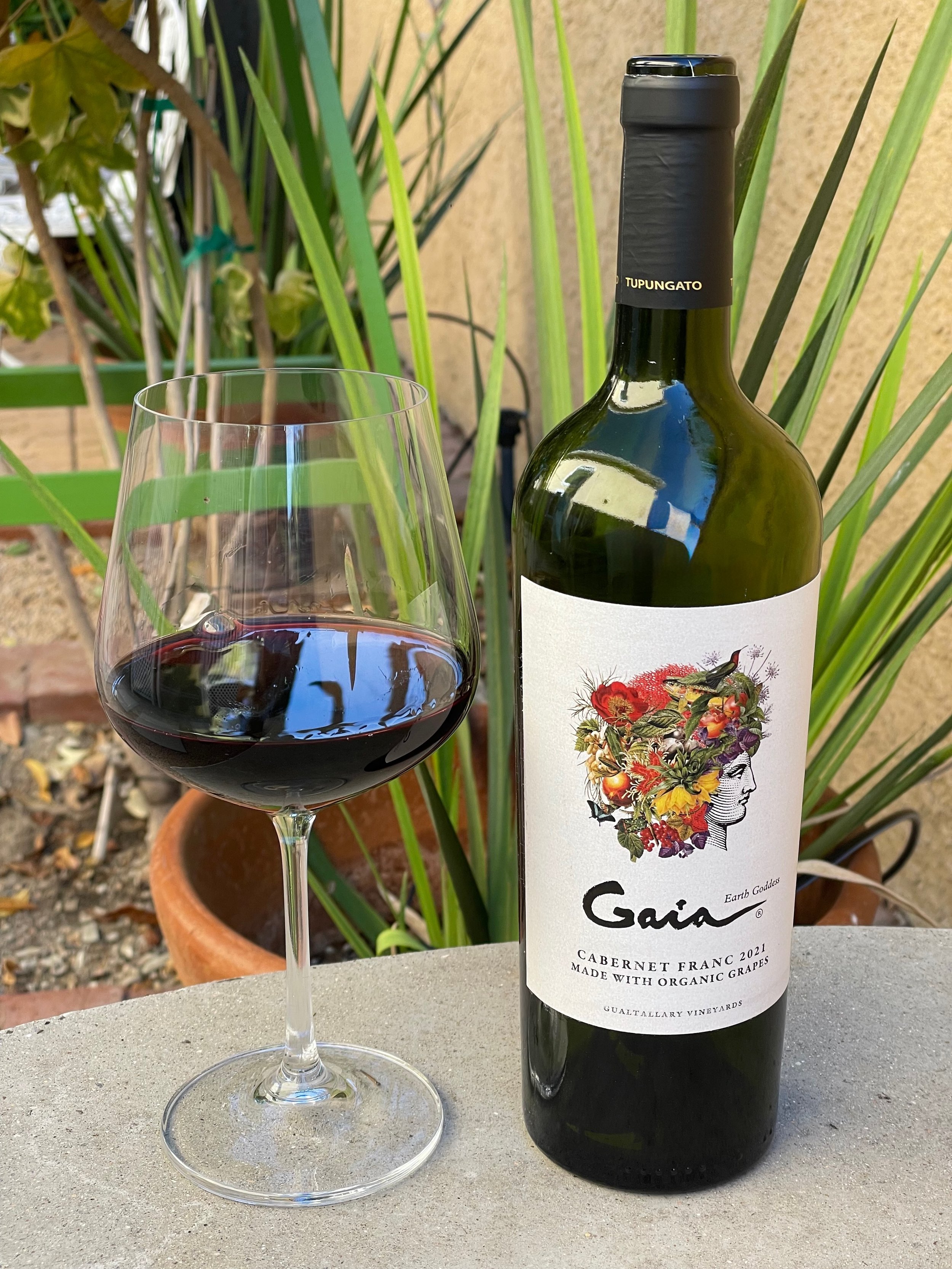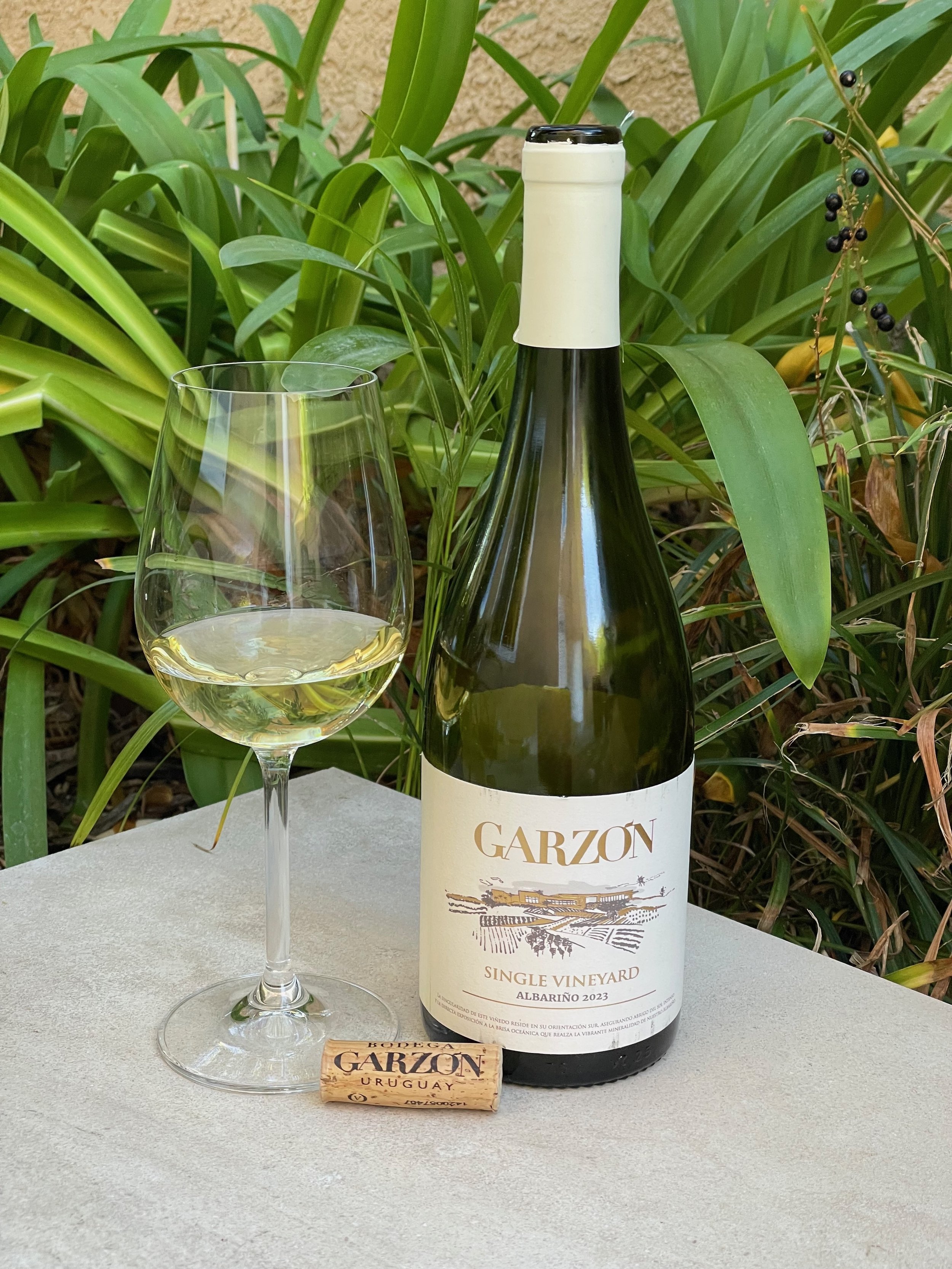2023 Familie Lahusen Riesling ($25)
Meet Bodega Los Cerros de San Juan, the oldest winery in Uruguay! They make this Familie Lahuesen Riesling. Their vineyards are just a few kilometers from Colonia and Carmelo in the southwestern part of Uruguay, near the coast. Finca Los Cerros (The Cerros Estate) is shaped by the rocky hills that define the region. The winery’s roots go back to Germany, where their founders got the Riesling grapes over 80 years ago.
The Riesling grapes used to make this wine are carefully picked and de-stemmed. Then, they’re cooled and gently pressed. Fermentation happens in 1800 liter Italian amphorae vessels using special yeasts until the wine reaches a minimum residual sugar level of 1.7 g/L. Their use of amphorae adds complexity and longevity to this wine.
This Familie Lahuesen Riesling is a vibrant yellow color with delightful lime and green apple aromas. On the palate, it boasts a medium-light body and medium-high acidity. The flavor is predominantly green apple, complemented by tropical fruit flavors of pineapple and nectarine. The finish is crisp andrefreshing. This isn’t your typical German Riesling; it’s a unique ‘Atlantic’ style from Uruguay!
Uruguay, renowned for its exceptional and distinctive wines, continues to delight wine enthusiasts. The Familie Lahuesen Riesling is a prime example of this, offering exceptional flavors that captivate the palate. At this remarkably affordable price, it stands as an ideal choice for this week’s Behind the Cork™ Wine of the Week. Cheers!
Disclosure of Wine Sample Submission: I received this sample at no cost for review. The opinions expressed are entirely my own.
Media Sample Provided by Bodega Los Cerros de San Juan








